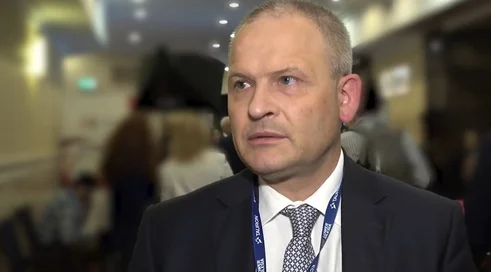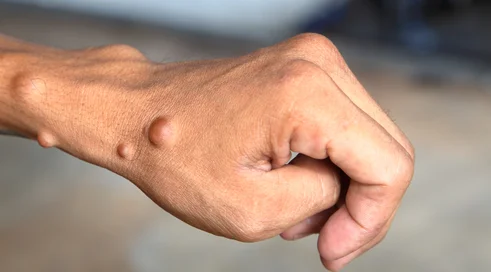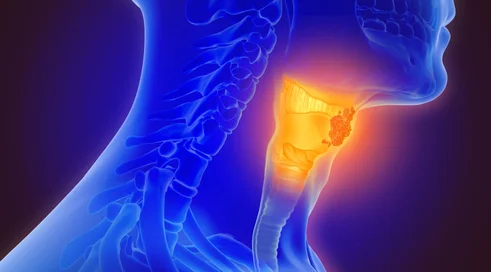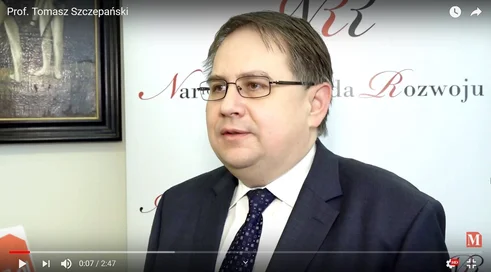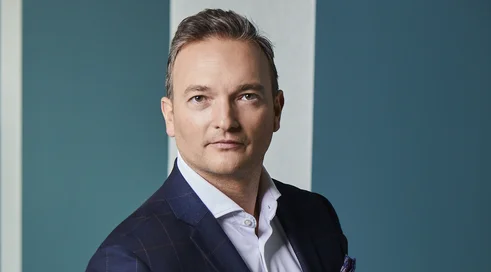Neurofibromatoses are a group of genetic diseases characterized by the presence of multiple tumors originating from the nerve sheaths of the body. There may be 5 or. 500, they can appear anywhere on the body and inside the body. Anywhere a nerve runs, regardless of its size.
The catalog of potential symptoms is rich. These range from cutaneous macules and subcutaneous nodules to even large tumors found inside the body. These larger ones, as well as those of monstrous size, are called plexiform neurofibromas, and can compress internal organs, large vessels or other important body structures, causing their dysfunction. As they grow from the peripheral nerve sheath, they also compress the nerve's medulla responsible for conducting impulses, causing not only pain, but also unremitting pruritus and sensory disturbances or paresis. Many patients have bone dysplasias. Optic nerve gliomas damage the organ of sight, and brain tumors often require surgery and follow-up therapy in the form of chemotherapy. Children may also have learning problems with associated attention deficit disorder, hyperreflexia and speech development disorders.
There is a high risk of inheriting the disease, passed on to the child by the affected parent. However, almost half of the cases are caused by spontaneous mutations in the Nf1 gene, meaning that there is no gene mutation in the parents, and their extended family is not burdened with NF-1. To date, it is impossible to predict how neurofibromatosis will progress in a given patient. There are adults who find out that they are burdened with neurofibromatosis when they are diagnosed with it in their own child. Then there are those who have suffered pain and suffering and social ostracism due to their appearance since early childhood.
- The peer group rejects such a child. Parents say, "Don't play with him or you'll still get sick." It's cruel and sad at the same time that such a hurtful attitude persists for years. And this also translates into the child functioning less well in society, which exacerbates later educational problems. He feels ashamed, he feels inferior. There is a reluctance to go to school. When the tumors begin to grow, the problems get worse. They not only deform the body, but also cause severe pain. Some of them can become malignant. The patients and their relatives are constantly accompanied by a high sense of anxiety and depressive states. In addition to the ostracization they feel, the fear of it quickly sets in. Patients know that if a tumor appears that significantly deforms the body,... To gain access to the complete English section of the Medexpress.pl, kindly reach out to us at [email protected].Content locked







